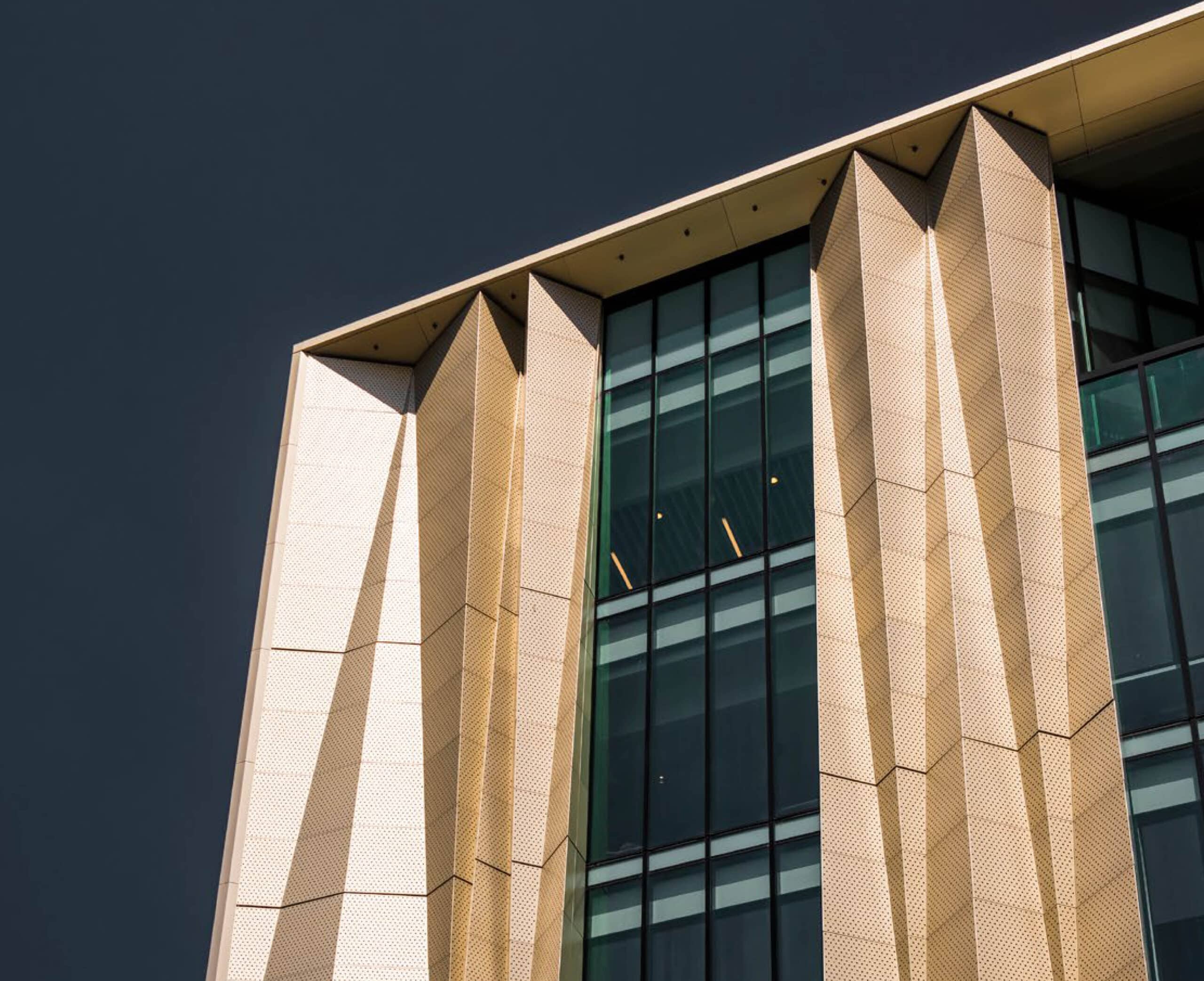In pursuit of its vision to transform the New Zealand construction sector for good, Southbase has recently completed in-depth research focused on the sustainability practices of subcontractors. This report presents a thorough analysis of the current state of sustainability practices and perceptions within New Zealand’s subcontractor community in the building and construction sector. Recognising the industry’s significant contribution to the national economy and greenhouse gas emission, this research investigates the crucial role subcontractors play in achieving New Zealand’s net-zero carbon goals.
The current state of play
The report reveals a growing awareness yet identifies a gap between interest and active implementation.
Engagement in levels vary significantly – highlighting the need for targeted interventions to address diverse levels of readiness. While some are addressing their carbon footprint, this practice is not yet widespread, presenting an opportunity for sector-wide expansion. The current sustainability efforts are focussed on resource efficiency, waste management, and sustainable procurement, all with room for improvement in carbon reduction strategies.
Moreover, the influence of sustainability rating tools and frameworks is acknowledged, underscoring their importance in driving sustainable behaviours.
Challenges and solutions
The report also identifies barriers hindering broader adoption, including perceived high initial investment, slow return on investment, a lack of robust sustainable building codes, and insufficient stakeholder coordination. To overcome these challenges and foster a more sustainable future, key recommendations are proposed:
- Develop and deliver targeted education and training programmes tailored to different trades and business sizes.
- Implement financial and procurement incentives to encourage the adoption of sustainable practices.
- Strengthen regulatory frameworks by establishing clear and consistent sustainable building codes.
- Promote greater collaboration and coordination among different industry stakeholders.
- Provide resources and support for carbon footprint assessment and reduction target setting.
- Enhance supply chain sustainability through the promotion of locally sourced and certified materials.
- Support waste reduction and recycling initiatives by improving infrastructure and providing training.
What does a more sustainable future look like?
There is appetite amongst subcontractors to be more sustainable. Key drivers for adopting sustainable practices include attracting customers, supporting national environmental goals, and enhancing competitiveness, with education and awareness being strong influencing factors.
Key takeout
Subcontractors see their potential to contribute to cost-effective carbon reduction through early involvement, value engineering, and material selection expertise.
Download the report below to read the findings and recommendations in full.

